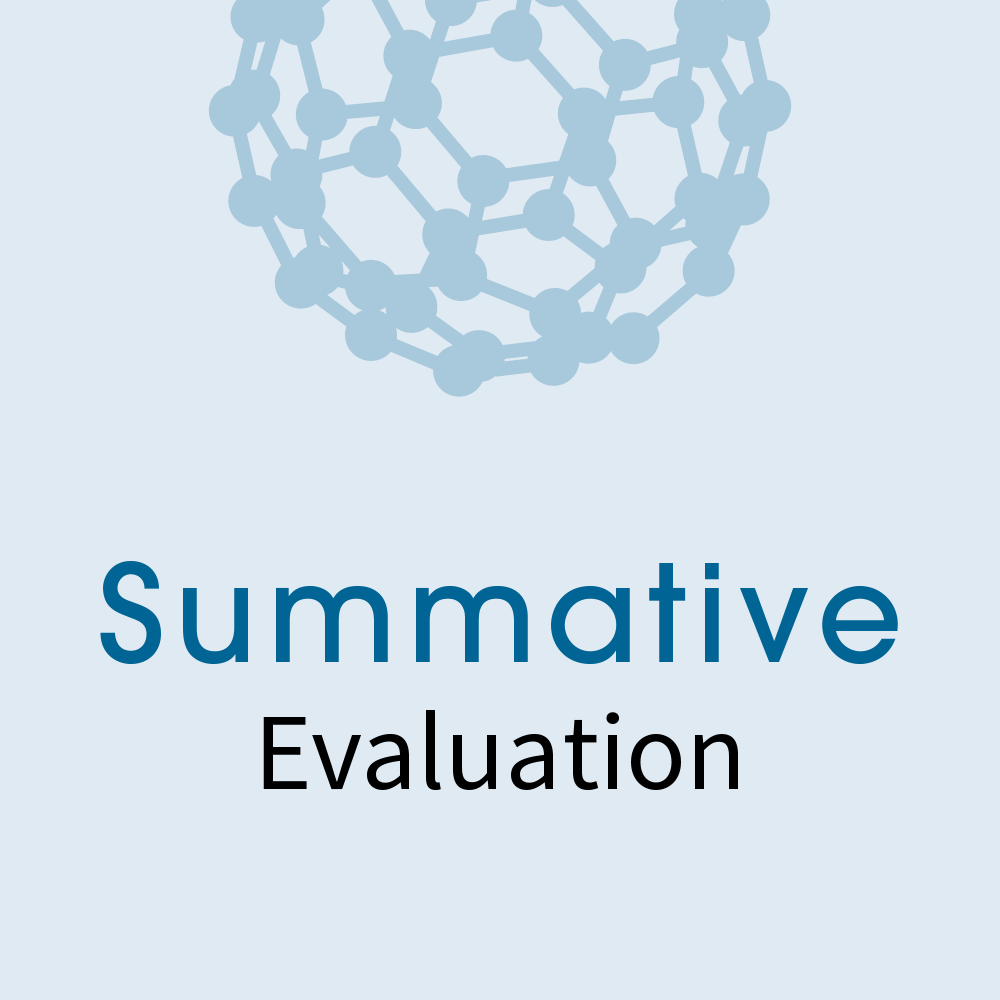DESCRIPTION
A Study of Communication in the NISE Network (Network Communication Study), conducted during the sixth year of the grant, sought to learn how the four primary communication components that were developed in the first 5 years of NISE Net (NanoDays, face-to-face meetings, the regional hub structure, and the nisenet.org website) are functioning within the Network. In particular, the study explored how these components communicate information, ideas, and practices related to NISE Net between and within the three Network tiers of partners.
Findings:
- NanoDays makes nano content seem “doable.” NanoDays kits, acknowledged by involved partners in all tiers to be a useful representation of the professionalism of the Network, communicate messages about the accessibility of nano content.
- Face-to-face meetings contribute to a sense of NISE Net community. Through face-to-face meetings held throughout the year, Network partners learn general information about NISE Net and develop personal connections with Network peers.
- The regional hub structure provides a personal, go-to resource for professionals in Tiers 2 and 3. The regional hub structure serves as a central resource to disseminate Network updates and respond to partners’ needs.
- The NISE Network website (nisenet.org) is used to convey general information about NISE Net.
Authors:
Jane Morgan Alexander, Gina Svarovsky, Juli Goss, Liz Rosino, Leigh Ann Mesiti, Jenna LeComte-Hinely, and Christine Reich
Suggested Citation:
Alexander, J.M., Svarovsky, G., Goss, J., Rosino, L., Mesiti, L.A., LeComte-Hiley, J., and Reich, C. (2010). A Study of Communication in the Nanoscale Informal Science Education Network. Boston, MA: Museum of Science.
DESCRIPTION
A Study of Communication in the NISE Network (Network Communication Study), conducted during the sixth year of the grant, sought to learn how the four primary communication components that were developed in the first 5 years of NISE Net (NanoDays, face-to-face meetings, the regional hub structure, and the nisenet.org website) are functioning within the Network. In particular, the study explored how these components communicate information, ideas, and practices related to NISE Net between and within the three Network tiers of partners.
Findings:
- NanoDays makes nano content seem “doable.” NanoDays kits, acknowledged by involved partners in all tiers to be a useful representation of the professionalism of the Network, communicate messages about the accessibility of nano content.
- Face-to-face meetings contribute to a sense of NISE Net community. Through face-to-face meetings held throughout the year, Network partners learn general information about NISE Net and develop personal connections with Network peers.
- The regional hub structure provides a personal, go-to resource for professionals in Tiers 2 and 3. The regional hub structure serves as a central resource to disseminate Network updates and respond to partners’ needs.
- The NISE Network website (nisenet.org) is used to convey general information about NISE Net.
Authors:
Jane Morgan Alexander, Gina Svarovsky, Juli Goss, Liz Rosino, Leigh Ann Mesiti, Jenna LeComte-Hinely, and Christine Reich
Suggested Citation:
Alexander, J.M., Svarovsky, G., Goss, J., Rosino, L., Mesiti, L.A., LeComte-Hiley, J., and Reich, C. (2010). A Study of Communication in the Nanoscale Informal Science Education Network. Boston, MA: Museum of Science.
Credits
Museum of Science
Developed for the NISE Network with funding from the National Science Foundation under Award Numbers 0532536 and 0940143. Any opinions, findings, and conclusions or recommendations expressed in this product are those of the authors and do not necessarily reflect the views of the Foundation.
Creative Commons Attribution Non-Commercial Share Alike 3.0 United States (CC BY-NC-SA 3.0 US).
View more details


